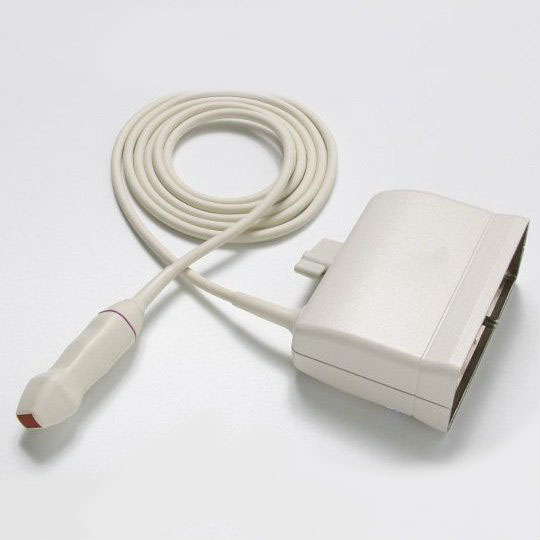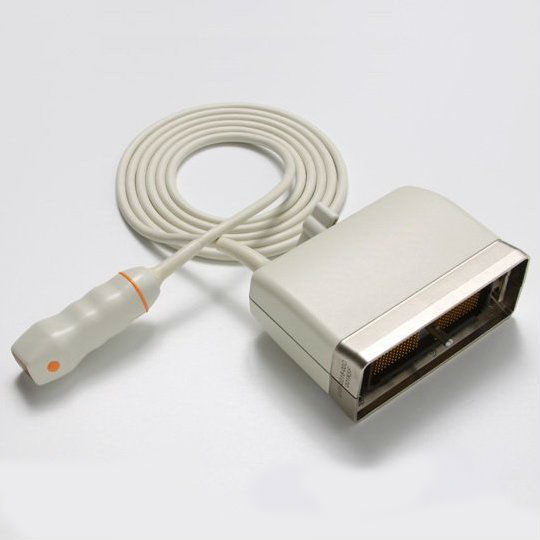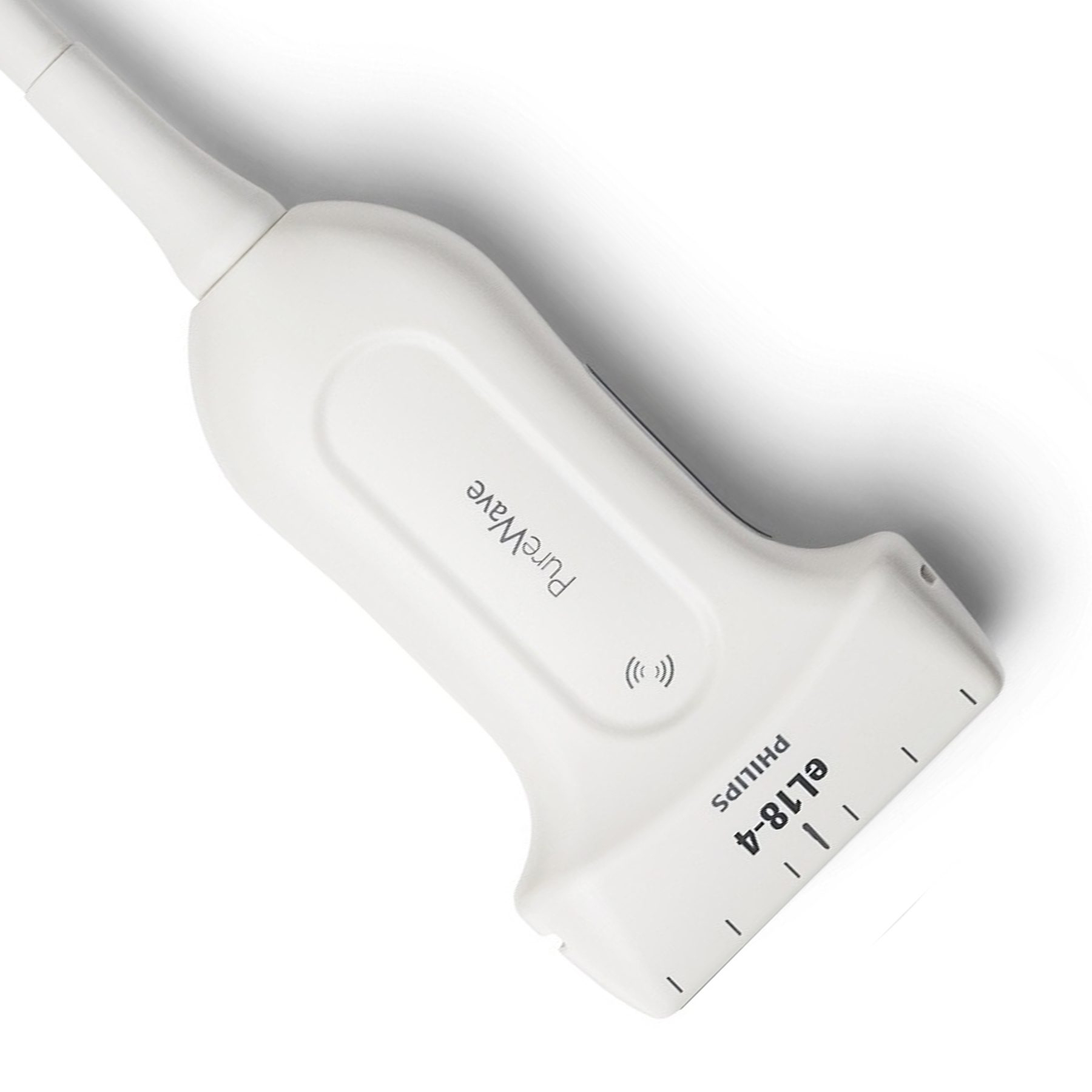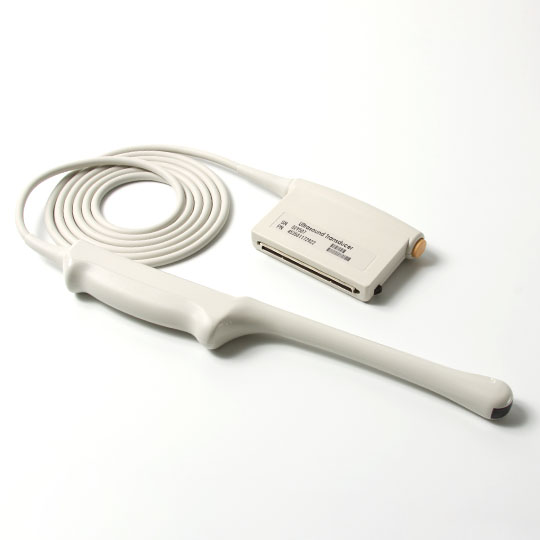Ultrasound imaging is a cornerstone of modern medical diagnostics, allowing for the visualization of internal body structures without invasive procedures. Central to the advancements in ultrasound technology is the phased array ultrasound probe, a sophisticated instrument that has revolutionized imaging with its ability to steer and focus ultrasound beams electronically. This article delves into the intricacies of phased array transducers, shedding light on their principles of operation, the unique benefits they offer in various medical applications, and how they compare to traditional ultrasound probes.
What Is A Phased Array Ultrasound Transducer?
A phased array ultrasound transducer is a sophisticated device in the ultrasound transducer array family that utilizes numerous piezoelectric elements to transmit and receive ultrasound waves. This design contrasts with traditional ultrasonic transducer arrays, which typically feature a single, fixed element. The phased array probe ultrasound technology enables dynamic alteration of the ultrasound beam's direction and focus, significantly enhancing imaging resolution and depth. Its advanced electronic phasing capabilities make it a versatile tool in a wide array of medical diagnostic procedures.

Philips Phased Array Transducers
How Do Phased Array Transducers Work?
Element Configuration
A phased array transducer is made up of a series of piezoelectric devices, each of which serves as a separate source of ultrasonic waves. These elements are typically arranged in a matrix or other geometric pattern, allowing for a higher degree of control over the emitted ultrasound signals. Electrical energy is converted into mechanical vibrations by piezoelectric crystals, resulting in ultrasonic waves that travel through the body.
Electronic Phasing
The distinguishing feature of phased array transducers lies in their electronic phasing capabilities. The system can dynamically adjust the phase and amplitude of the signals sent to each element. Unlike typical transducers with set beam direction and focus, this electronic control allows for exact adjustment of the ultrasonic beam. The capacity to change the timing and intensity of signals helps the adaptability and versatility of the transducer during imaging.
Beam Steering And Focusing
Conventional ultrasound transducers, such as linear or sector array transducers, are limited by a static beam direction, which confines their imaging range. In stark contrast, the phased array ultrasound probe offers electronic steering of the ultrasound beam across multiple directions, all without the need for manual repositioning of the probe. This electronic beam steering is a hallmark of phased array technology, providing a comprehensive imaging window and facilitating the acquisition of high-quality images from diverse angles, which is particularly beneficial in time-sensitive and complex diagnostic scenarios. This electrical beam steering functionality offers for a broader field of vision and better flexibility in shooting photographs from various angles.

Applications Of Phased Array Ultrasound Transducers
Cardiac Imaging
Echocardiography, a medical imaging technology that focuses on the heart, relies on phased array transducers. The rapid, electronic control over the direction and focus of the ultrasound beam is crucial for obtaining detailed and dynamic images of the heart's structures, facilitating the diagnosis of cardiovascular conditions.
Vascular Imaging
In vascular ultrasound, where imaging blood vessels is paramount, phased array transducers offer superior capabilities. The capacity to modify the ultrasound beam dynamically enables for accurate observation of blood flow, diagnosis of vascular anomalies, and assessment of blood vessel wall integrity.

Musculoskeletal Imaging
The versatility of phased array transducers extends to musculoskeletal imaging, enabling detailed examinations of joints, tendons, and muscles. Real-time beam focus adjustment is useful for acquiring crisp pictures of anatomical structures at various depths, which contributes to accurate diagnosis in orthopedics and sports medicine.
Guided Interventions
Phased array transducers play a pivotal role in image-guided interventions, such as biopsies and injections. The ability to control the ultrasonic beam in real-time improves precision during treatments, allowing healthcare providers to navigate with greater accuracy and increase intervention success rates.
Conclusion
In the realm of medical imaging, phased array ultrasound transducers represent a significant breakthrough, endowing clinicians with unprecedented control and adaptability for internal visualization. These sophisticated transducers in ultrasound not only refine diagnostic accuracy but also broaden the potential for therapeutic interventions. For professionals seeking to harness the power of phased array technology, Xity stands as a premier provider of ultrasound solutions, offering an extensive selection of high-frequency phased array transducers tailored to diverse clinical needs. Visit Xity's website to explore our cutting-edge phased array ultrasound probes and other ultrasound transducers array options that set new standards in patient care.
 English
English
 Русский
Русский






